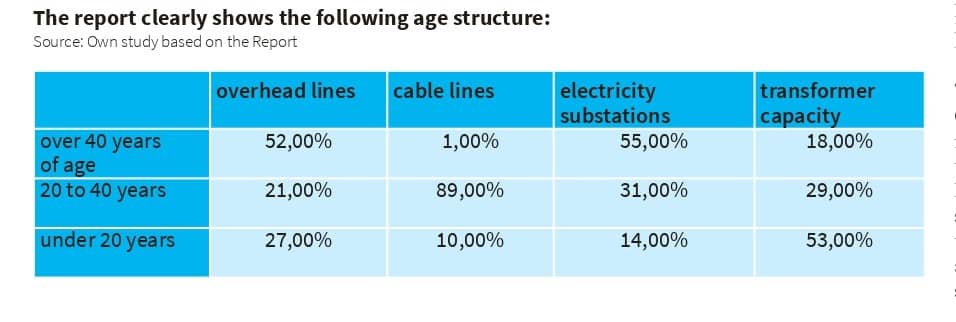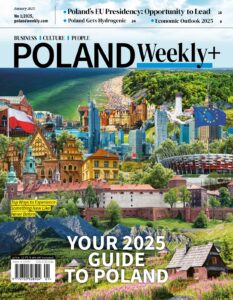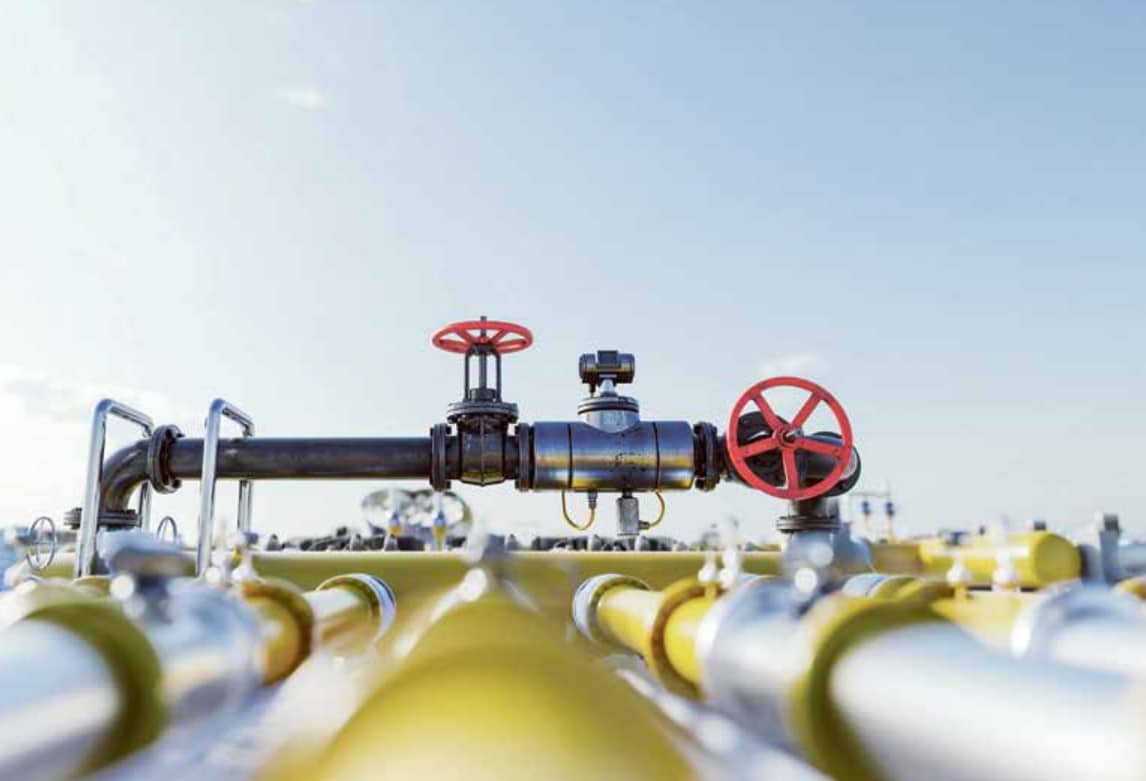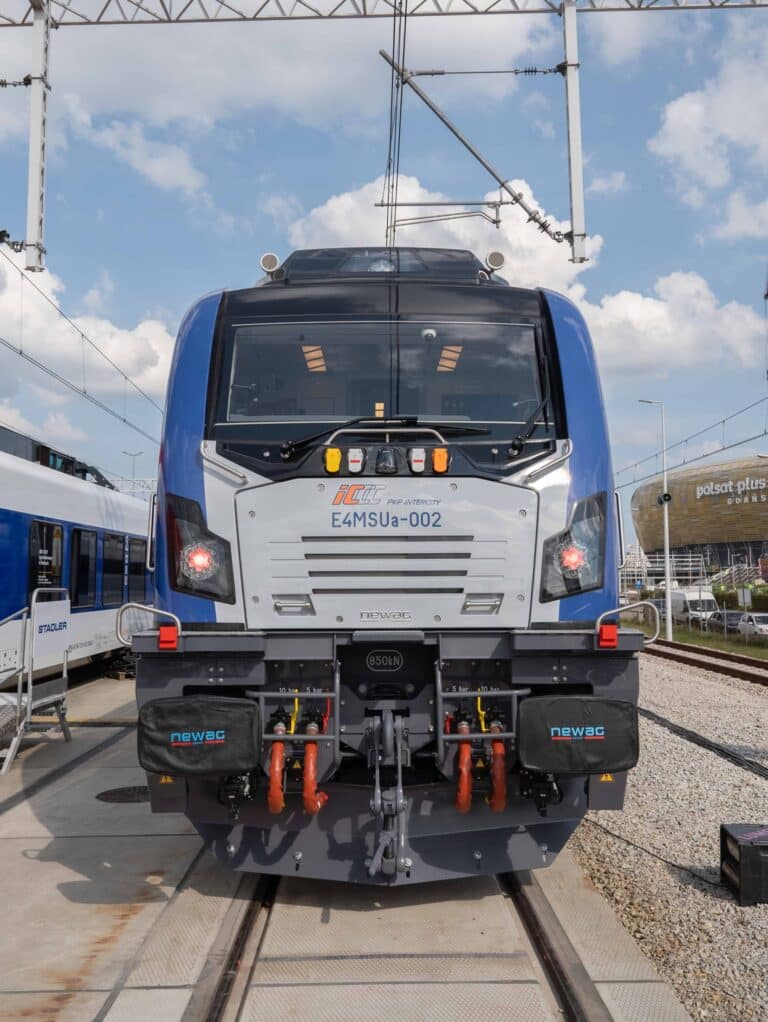Power to the people
Author: Piotr Kolasa, attorney-at-law, partner at Polowiec i Wspólnicy sp.j.
The publication of the biannual report of the President of the Energy Regulatory Office on the conditions for undertaking and carrying out business activities and the implementation of growth plans by electricity and gas system operators is a statutory obligation.
Published in June 2023, the report contains a range of interesting information on the electricity and gas market in Poland and is a reliable indicator for investors of the directions of development and building new business models. The data presented also illustrate the degree of preparedness of the Polish energy system to carry out a low-carbon transformation, which is important from the point of view of Polish industry and energy-intensive sectors.
From the point of view of investors and the largest energy consumers, the most interesting issue is the first part of the report with analysis of the state of the electricity and gas networks. Also noteworthy is presentation of the financial data on expenditures made by the largest electricity system operators and the gas transmission operator, as well as the technical condition of the network and gas pipelines.

It should be pointed out that the age of the grid and power equipment overwhelmingly exceeds 40 years. This is important because, taking into account the nearly 11,000 grid connection refusals issued in 2021-2022, it is the condition of the grid and power equipment that constitutes the main problem in connecting new weather-dependent generation sources, i.e. whose generation is dependent on weather conditions. Another aspect constituting a significant barrier to the connection of new generation sources, which was not explicitly mentioned in the report, is the lack of precise regulations defining the rules for connection to the grid and, consequently, the rules regarding the possibility of issuing refusals. The lack of precise regulations on this important issue results in the application of arbitrary rules for issuing refusals to connect new low-carbon generation sources.
Attention is also drawn to the statistics of issued decisions in dispute proceedings concerning complaints from entities applying for connection to the electricity or gas grid. Compared to almost 11,000 refusals, in 2021-2022 the ERO President issued a total of 78 decisions, 52 of which concerned installations generating electricity from renewable energy sources. This is a very large disproportion and, in my opinion, does not constitute real protection for entities applying for grid connection, especially, as indicated above, that there are no precise regulations determining the basis for issuing refusals. Dispute proceedings for a refusal to issue connection conditions should be completed within a maximum period of 12 months from the date of submission of an application for settlement of such a dispute.
Given that the low-carbon transition will rely heavily on renewable energy sources, the ability to connect them to the grid – but also directly to consumers – will play a key role in this process. Undoubtedly, the direct line issue identified in the report shows an area in need of regulation. Taking into account the potential of the Polish energy-intensive sector and investors developing a project in renewable energy sources, it should be pointed out that the direct line could be a fundamental element of the energy transition, both for Polish industry and for the electricity generation sector. However, current direct line regulations make it practically impossible to apply this solution. A project is currently underway to remove these barriers, and by taking part in this process, I argue that the proposed changes could be an important step to unblock direct line regulation.
The ERO President cites the Charter for the Efficient Transformation of Polish Power Distribution Networks signed in November 2022, a document signed with the five largest electricity distribution system operators, where the most important solutions aimed at the development of electricity networks were included. The document in question identified six areas that require rapid changes to achieve energy transformation:
· direct line;
· cable pooling;
· hybrid installations involving energy storage;
· introduction of facilitations for connecting energy storage facilities;
· possibility to exceed the installed capacity of RES installations above the connection capacity;
· participation of investors in the costs of connecting RES installations to the grid.
The above areas can realistically unlock the potential of renewable energy sources, but without real legislative changes to remove barriers, these demands will fail. It can be said that Polish industry has been waiting for regulation in the indicated six areas for a long time. I hope that the legislative demands indicated will quickly move into the implementation phase and be reflected in legal reality. However, given the most significant issues, i.e. the poor condition of the grid in Poland, regulatory barriers to connecting new generating facilities to the grid and direct lines, as well as the lack of cable pooling solutions, the proposed solutions may prove insufficient. Nevertheless, the report provides important analysis of the current state of the gas power system in Poland.







